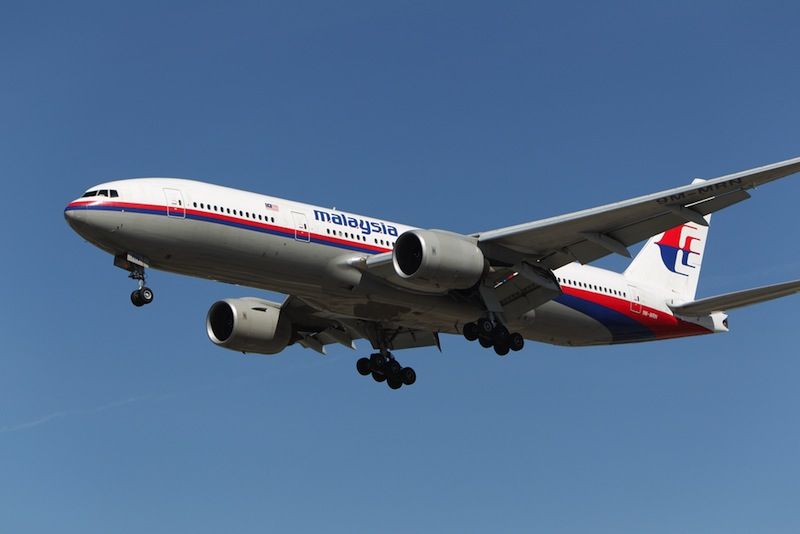Plane Debris Could Be from Doomed Malaysian Airlines Flight 370

A piece of a Boeing 777 plane found on the coast of Mozambique this past weekend could be from the Malaysia Airlines Flight MH370 that mysteriously disappeared in 2014, news sources report.
The piece of debris — part of a plane's horizontal stabilizer skin with the words "No Step" written on it — is currently en route to Malaysia for analysis, according to CNN. Experts think the plane crashed thousands of miles to the east of Mozambique into the Indian Ocean on March 8, 2014, but the location of the newfound debris is "consistent with drift modeling" of the ocean, said Australian Transport Minister Darren Chester, according to USA Today.
If the wreckage is found to be part of the missing plane, it will be only the second confirmed piece of MH370 discovered since the flight went missing, CNN reported. The first confirmed debris turned up on Reunion Island in the Indian Ocean in July, according to CNN. [Flight 370: Photos of the Search for Missing Malaysian Plane]
The disappearance of MH370 remains of one aviation's greatest mysteries. The plane departed from Kuala Lumpur International Airport in Malaysia with 239 people on board, but never made it to its destination in Beijing.
Experts will analyze the newfound wreckage to see whether it matches details from the doomed Boeing 777 flight.
"Every manufacturer puts a data tag, or data plate, on every part that goes on an airplane,” except for items such as screws, former National Transportation Safety Board investigator Greg Feith told Wired in July. For instance, different plane parts might be labeled with a part number, serial number, bar code or other data, Wired reported.
"If that data plate is there, it's relatively easy" to identify a piece and match it to a specific plane, Feith said.
Sign up for the Live Science daily newsletter now
Get the world’s most fascinating discoveries delivered straight to your inbox.
Follow Laura Geggel on Twitter @LauraGeggel. Follow Live Science @livescience, Facebook & Google+. Original article on Live Science.

Laura is the archaeology and Life's Little Mysteries editor at Live Science. She also reports on general science, including paleontology. Her work has appeared in The New York Times, Scholastic, Popular Science and Spectrum, a site on autism research. She has won multiple awards from the Society of Professional Journalists and the Washington Newspaper Publishers Association for her reporting at a weekly newspaper near Seattle. Laura holds a bachelor's degree in English literature and psychology from Washington University in St. Louis and a master's degree in science writing from NYU.










